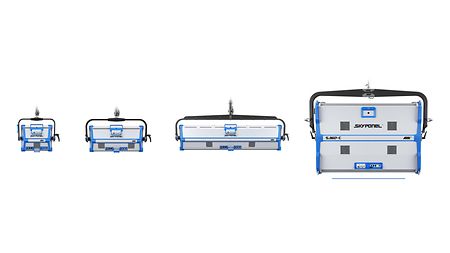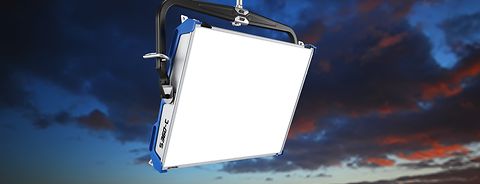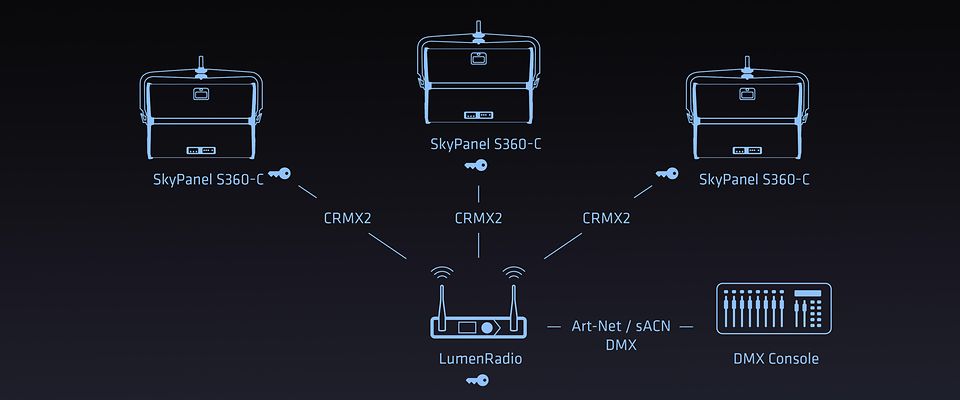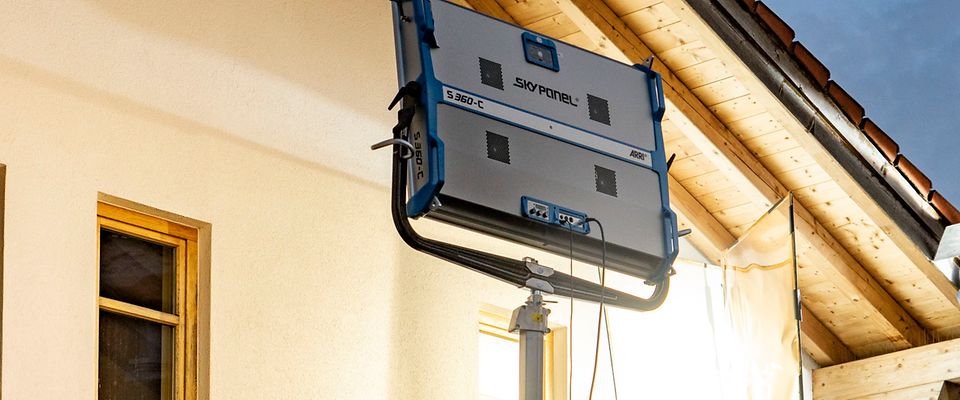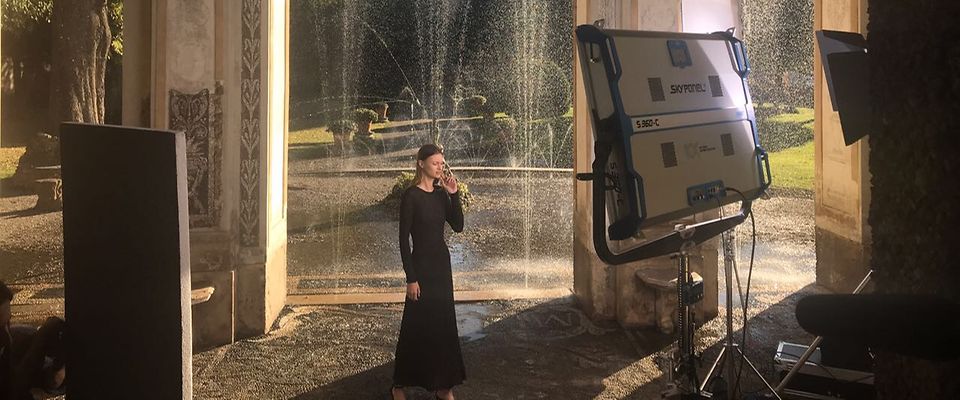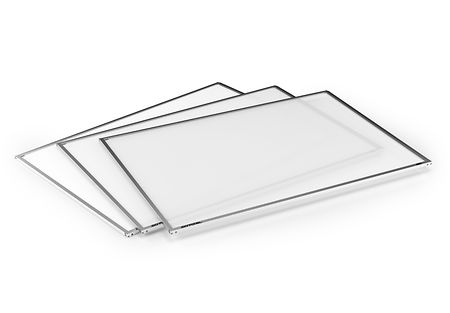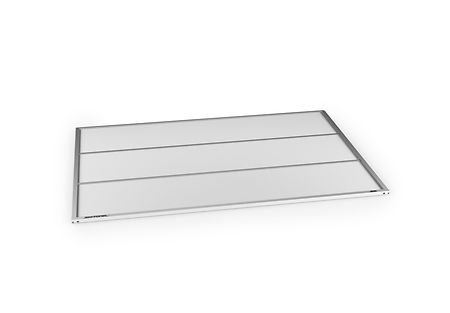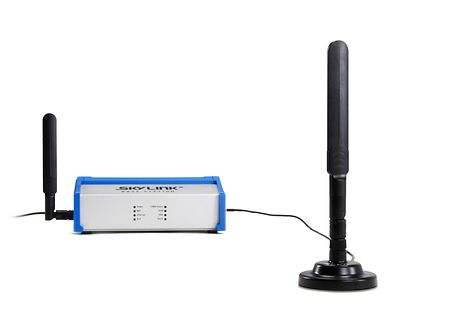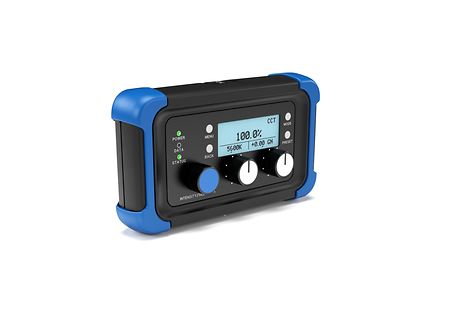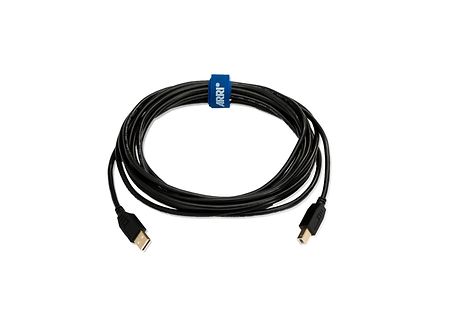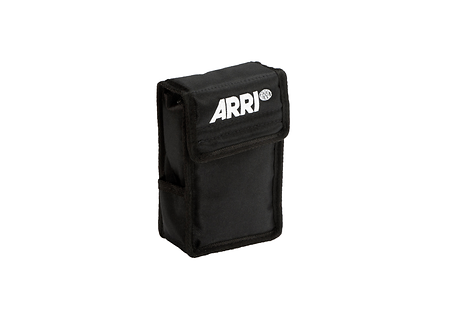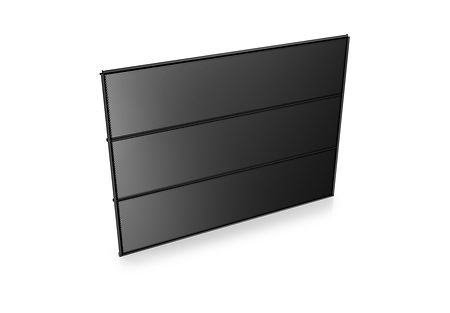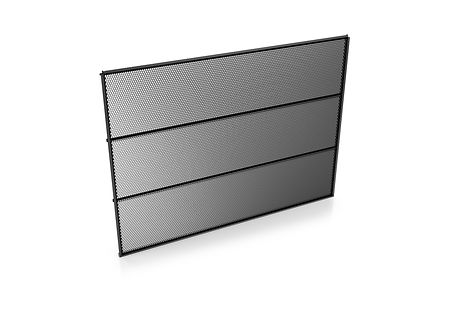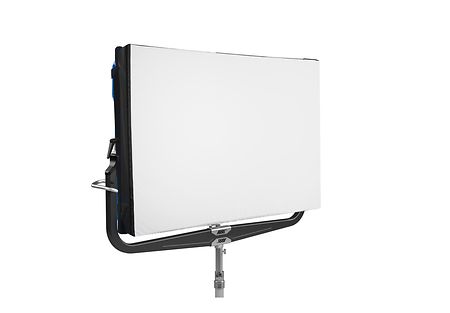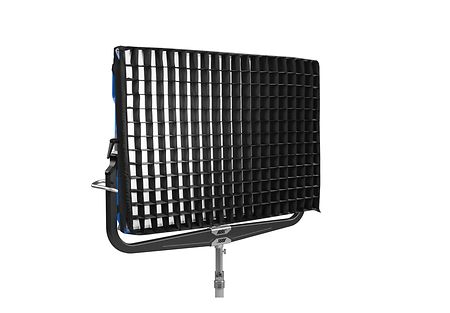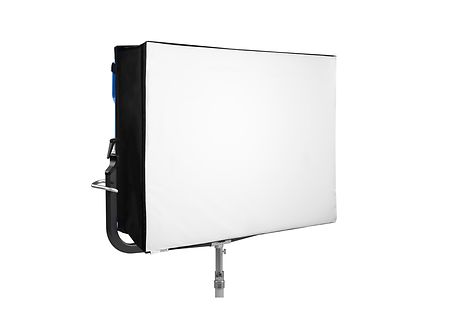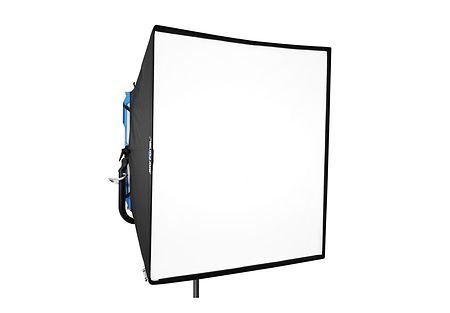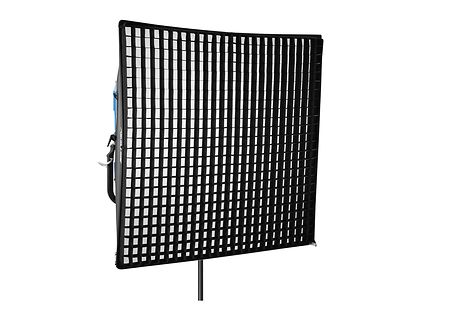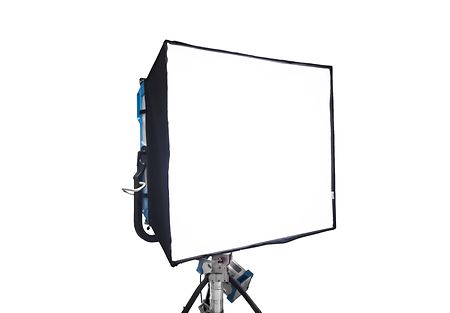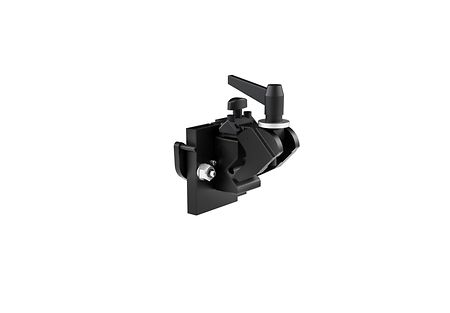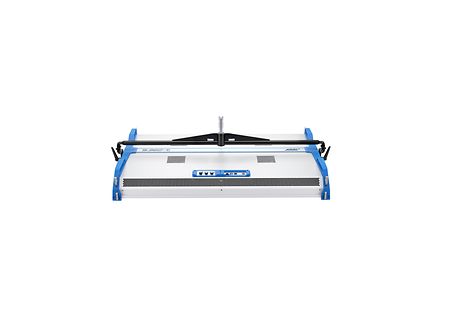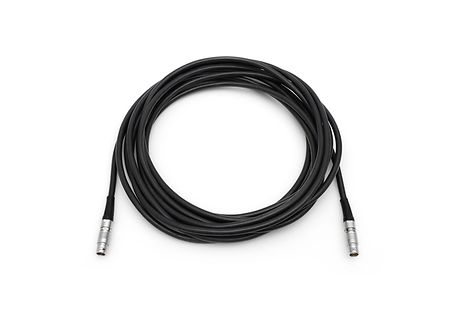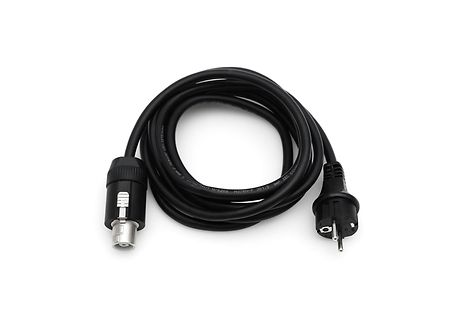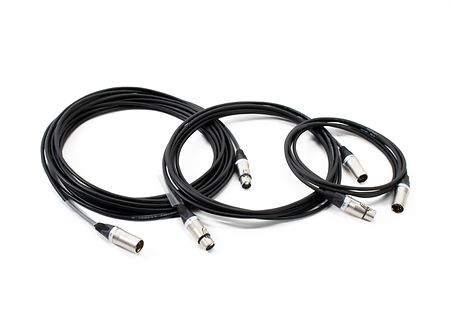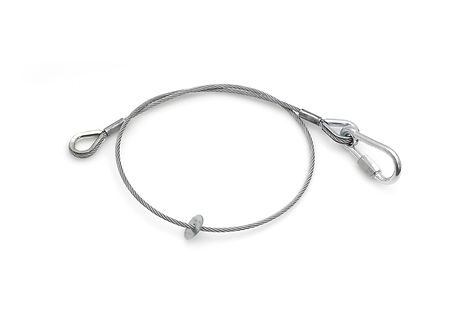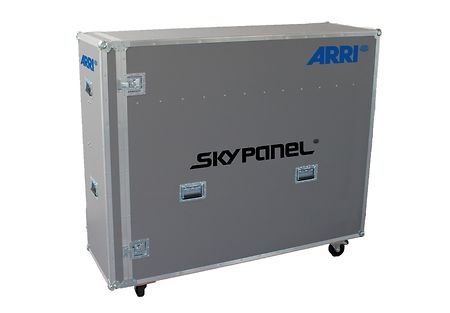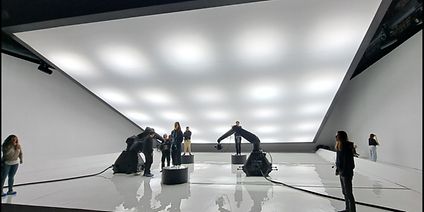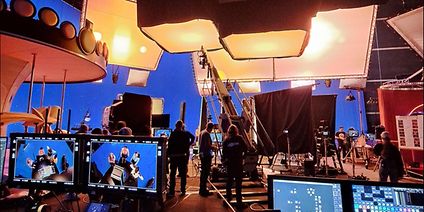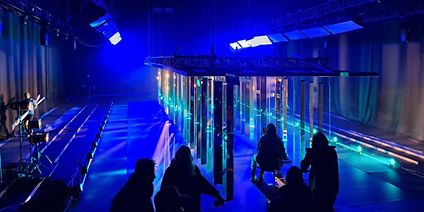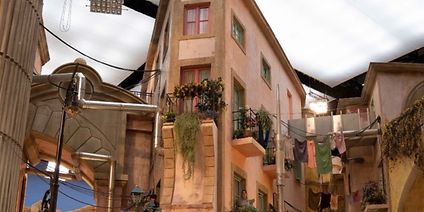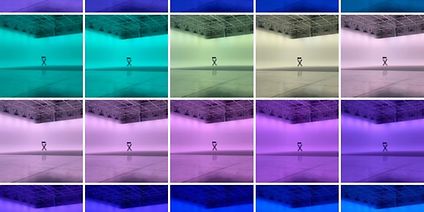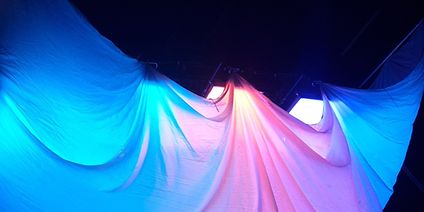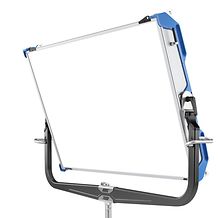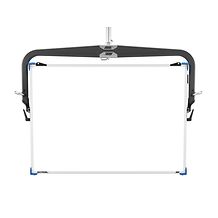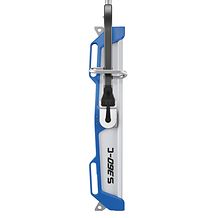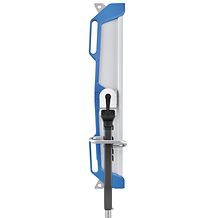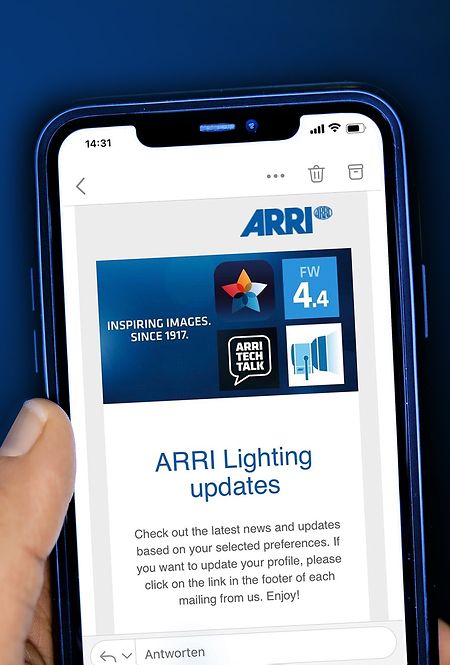Lamphead Type
LED Soft Light
Optical System
Swappaple Soft Diffusion Panel
Weight in kg / lbs net*
Incl. Carbon Fiber Yoke and Spigot approx.: 45 kg / 98 lbs
Incl. short Yoke approx.: 45 kg / 98 lbs
Fixture only, incl. Diffusion: approx. 40 kg / 89 lbs
Weight in kg / lbs net packed*
-
Measurements (HxWxL) incl. Pin in mm / inch*
1237 x 1594 x 203 mm / 48.7 x 62.8 x 8.0"
Measurements (HxWxL) excl. Pin in mm / inch*
1122 x 1594 x 203 mm / 44.2 x 62.8 x 8.0"
Measurements (HxWxL) Packed size in mm / inch*
-
Housing Color
Blue/Silver
Power Consumption
1500 W Maximum
Lamphead Voltage Input
54 V DC
Light Aperture / Lens Diameter in mm
1280 x 870 mm
Light Aperture / Lens Diameter in inch
50.4 x 34.4"
Beam Angle
105° (Half Peak Angle)
Handling
Carbon Fiber Yoke, Dual High-Strength Tilt Lock
Mounting
28 mm Spigot (Junior Pin)
Lamphead Power Connection
Male 4-Pin Metal Locking - 30 Amp
Battery DC Voltage Range
-
Battery Mode Light Output
-
Lamp Type
RGBW LED Light Engine
White Light
2,800 K to 10,000 K continuously variable correlated color temperature
Colored Light
Full RGB+W Color Gamut with Hue and Saturation Control
Color Temperature Tolerance
+/- 100 K (nominal), +/- 1/8 Green-Magenta (nominal)
Color Rendition
CRI Average > 95, TLCI Average > 90
Green-Magenta Adjustment
Continuously adjustable (Full Minusgreen to Full Plusgreen)
Dimming
0 to 100 % continuous
Control
On-Board Controller, 5-Pin DMX In and Through, EtherCon LAN network connectivity, USB-A, Art-Net
Wireless Control
LumenRadio CRMX (DMX & RDM)
Remote Device Management (RDM)
DMX Setup, Hour Counter and Standard RDM Commands
Software / Mini-USB Interface
Ethernet: DMX Setup, Fixture Status & Control and Firmware Upgrade through PC or Mac, USB-A: Software Upgrade via flash drive
Ambient Temperature Operation
-20 to +45° C (-4 to +113° F)
Protection Class / IP Rating
III / IP 20
Estimated LED Lifetime (L70)
50,000 hours
Estimated Color Shift Over Lifetime (CCT)
+/- 5 %
Certifications
CE, UKCA, CB, ENEC, cNRTLus, FCC, PSE
Power Supply Unit
S360 PSU
Power Supply Input Range
100 to 240 V ~, 50/60 Hz
Power Supply Output Range
54 V DC
Power Supply Power Input Connection
powerCON 32A (Bare Ends / Schuko / Edison / China / Japan)
Power Supply Power Output Connection
Female 4-Pin Metal Locking - 30 Amp
Weight in kg
approx. 11 kg
Weight in lbs
approx. 24.7 lbs
Measurements (HxWxL) in mm*
206 x 240 x 451 mm
Measurements (HxWxL) in inch*
8.1 x 9.4 x 17.7"
Control
On-Board On/Off Switch
Power Supply Mounting
SkyPanel PSU Super Clamp Adapter
Power Supply Certifications
CE, UKCA, CB, ENEC, cNRTLus
